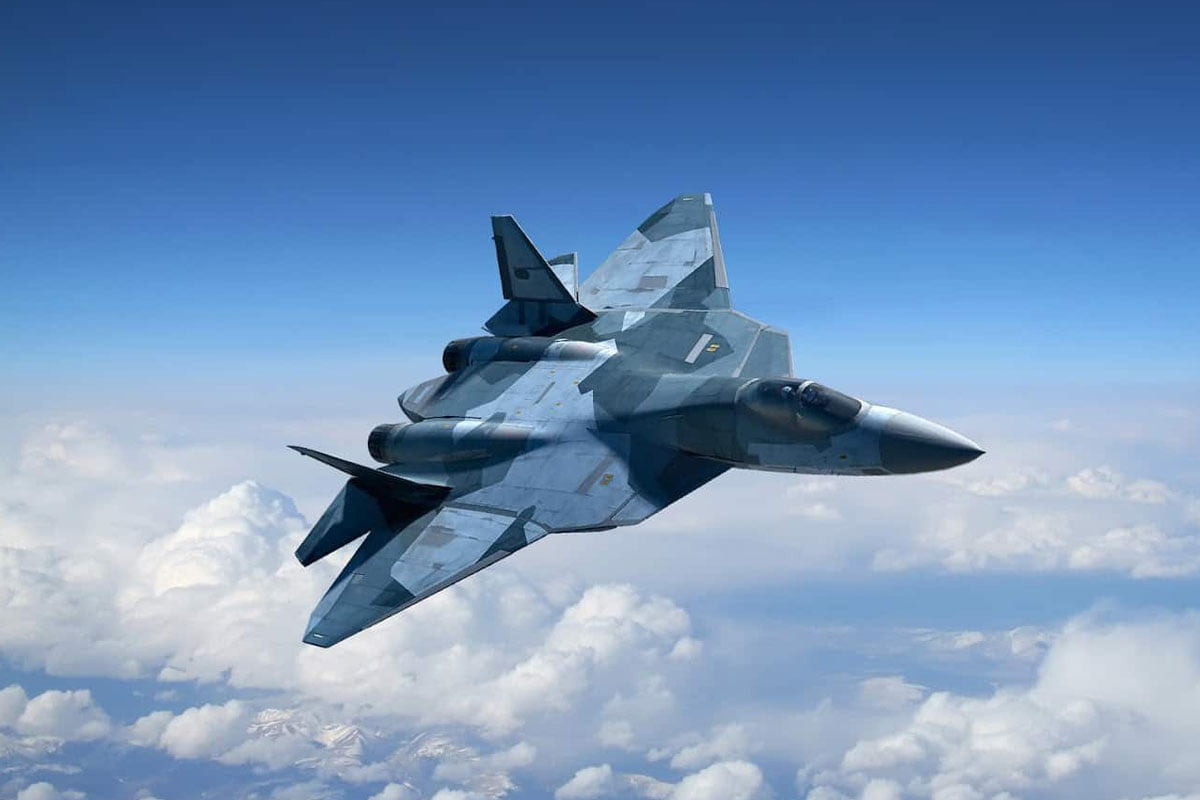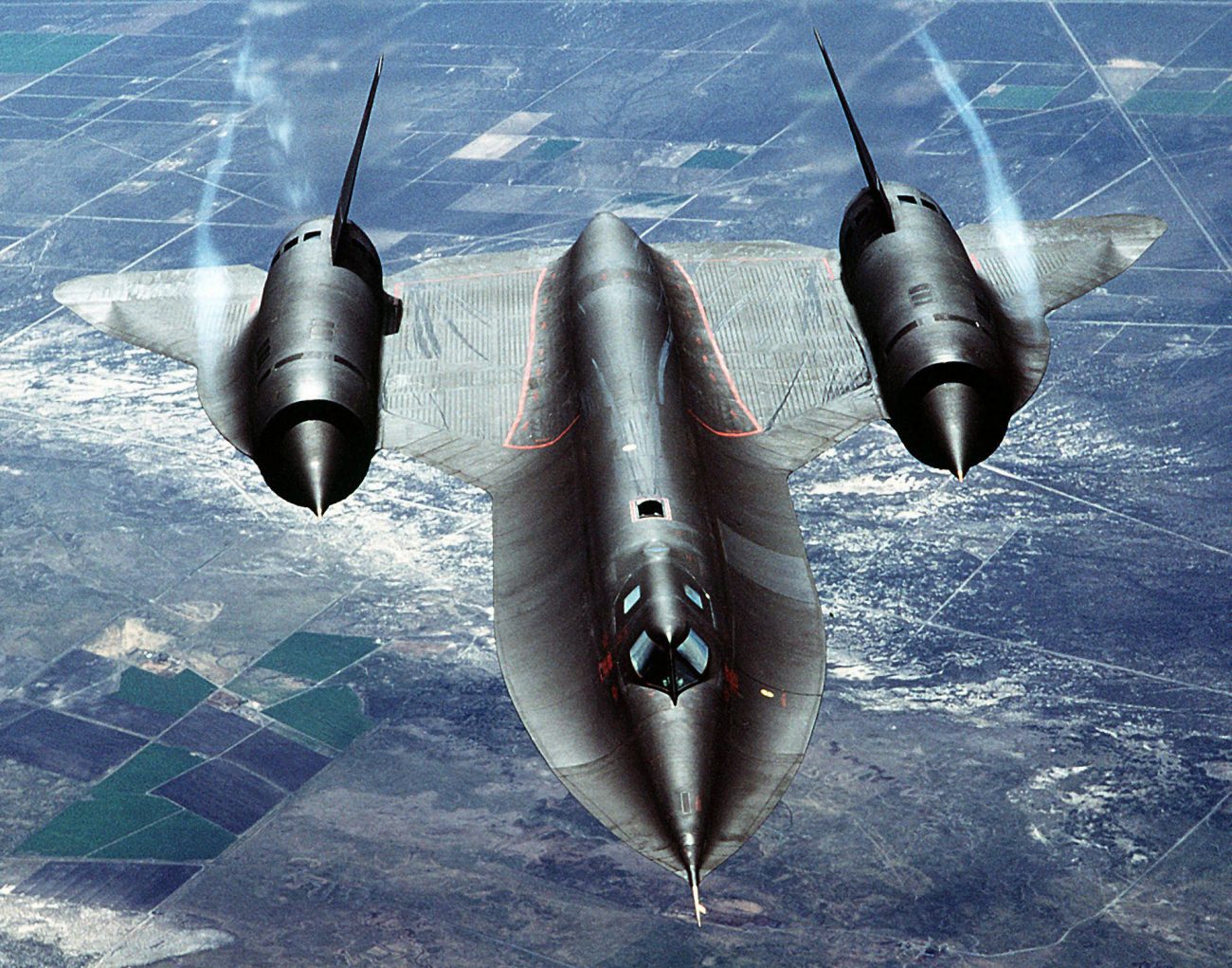Russia’s Mikoyan MiG-41 sixth-generation fighter as a replacement for the Mikoyan MiG-31 is back in the news. Reports are that Russia is pushing the boundaries of aviation engineering as it accelerates the development of the MiG-41.
The plane will not just chart the higher atmosphere but also leap towards lower space. It draws inspiration from the operationally well-established MiG-31M air dominance fighter.
The MiG-31 “Foxhound” had a top speed of 2.83 Mach. It was equipped with a very big arsenal of weapons and guns, including 6× R-37 long-range missiles.
MiG-41 will embody all the advantages of the MiG-31 fighter-interceptor jet. MiG-41 would have to be a more powerful weapon platform. Weapons would have to be carried internally. Russians say that it will introduce features not seen by the aviation world yet. Really? Time to understand the features and developmental status of this the next from the Soviet/Russian arsenal.
China ‘Salutes’ Fighter Pilot For Ramming His Jet Into US Aircraft; PLAAF Still Emulates His Stunts
MiG-41 Development Status
The MiG-41 PAK DP (Prospective air complex for long-range interception) is the evolving Russian program to develop a stealth supersonic interceptor cum heavy fighter aircraft, to replace the Mikoyan MiG-31 in the Russian Aerospace Forces in the mid-2030s. The actual platform designation will evolve around the time it is entering service. It will imbibe sixth-generation technologies and design.
The design of the PAK DP was reportedly finalized around the end of 2019. Ilya Tarasenko, the General-Director of the MiG Corporation, as well as the head of the Sukhoi Company, said in an interview in July 2020 that the PAK DP will be created as an advancement of the MiG-31’s design.
Tarasenko also said that it would be a new platform design and construction capable of Mach number 4-plus, equipped with an anti-missile laser, and would be able to operate at very high altitudes and even in near space, flying at altitudes between the stratopause (45 km) and the tropopause (12 km).
The aircraft is also meant to borrow concepts and technologies from the MiG-31M, with an advanced Zaslon-M radar. It could use a variant of the Izdeliye 30 engines currently under development for the Su-57. The AMNTC Soyuz divulged some information on its website about the already-developed R-579 300 engine, a potential match for the Su-57, among others.
The principal challenge for the MiG-41 appears to be the ongoing development of the pulse-detonation engine that will power the aircraft, especially the management of the engine’s wear and tear, given the exceptionally dynamic load it will handle. The PAK DP will use stealth technology.
Russia is developing an electromagnetic pulse [EMP] gun, a potential game-changer in aerial warfare. This innovative ‘energy gun’ could expand the range of achievable targets.
Russia anticipates MiG-41 with electromagnetic cannon by 2025. A less powerful version of the EMP gun could be an effective deterrent against unmanned aerial vehicles. MiG-41 might also be equipped with R-37M missiles.
It could be transformed into an unmanned version later. In January 2021, Rostec Corporation, the owner of Mikoyan, announced that the PAK DP had entered the development phase.
The fact that the targeted first flight is in 2025 means a lot of work has already (should have) taken place. The design should have been frozen, and metal cutting must have been ongoing for a long time. The aircraft powering and initial engine runs should have been completed. If the timelines are realistic, then the taxi tests must begin in 2024.
The actual status of Russian aircraft is difficult to predict because of the high secrecy attached to it. If the MiG-41 successfully completes its maiden flight by 2025, it’s expected to be fully operational by 2030.
The originally planned service introduction in 2028 seems very unrealistic. The early 2030s is what analysts are predicting now.
Aircraft Concept & Operational Targets
As an interceptor, its primary mission was rumored to offset future reconnaissance aircraft currently being developed by the United States and China. According to some Russian media reports, the PAK DP was envisioned to become an interceptor of hypersonic missiles by carrying a multifunctional long-range interceptor missile system (MPKR DP) that will dispense several sub-missiles to increase the chance of intercepting hypersonic weapons.
The dispenser could also contain surface-strike weapons. The PAK DP is also intended to carry anti-satellite lasers or missiles.
Challenges Of Design and Program Management
Many Western aviation analysts believe that while details are sketchy, the Russians seem to be suggesting technological concepts that do not exist. The most advanced concept currently is the US Air Force Next Generation Air Dominance (NGAD) fighter.
China is still talking of 5th generation fighters. Both USA and China have allotted much higher funds for their future programs. Russia is still struggling to complete development and get a decent number of Su-57 ‘Felon’.
The Su-75 ‘Checkmate’ is still in its initial stages. Both programs are looking for foreign partners to increase numbers, raise funds, and amortize costs. Whether Russia is resorting to information warfare on MiG-41 or actually has something up its sleeve has yet to be confirmed.
As Russia remains engaged in Ukraine and faces the West’s economic might, it remains tight on funding. The Russian military-industrial base is also highly stretched. Will the MiG-41 get the desired support?
At near-hypersonic speeds, greater skin heat due to air friction means retaining sufficient stealth without deterioration of the coating, which is also a technological challenge. The heat from the exhaust could also increase its radar signature. Stealth coating maintenance and repair are very expensive, and even the USA finds it difficult. Canopy design for hypersonic flight cum stealth would also be a challenge.
Achieving high speeds normally means compromising maneuverability. But that is alright for the role. The MiG-41’s reliance on a pulse-detonation engine represents a significant technological challenge.
While promising immense power, it is a notoriously complex domain. Even an appropriate ramjet development will not be easy. Such a high speed also means very high fuel burn and puts limits on range and endurance.
To increase range, greater fuel would have to be carried, implying an increase in size and weight. Alternatively, it will require aerial refueling in most missions. The ability to fire at high Mach numbers would require specially designed weapons.

SR-71 Blackbird & SR-72
The Lockheed SR-71 “Blackbird” is a retired long-range, high-altitude, Mach 3-plus strategic reconnaissance aircraft. It was developed in the 1960s with a reduced radar cross-section primarily focused on reconnaissance.
In 1989, the USAF retired the SR-71, largely for political reasons; several were briefly reactivated during the 1990s before their second retirement in 1998. The SR-71 operated at high speeds and altitudes (Mach 3.2 and 85,000 ft; 26,000 m), allowing it to outrace or entirely avoid threats.
If a surface-to-air missile launch was detected, the standard evasive action was simply to accelerate and outpace the missile. On average, each SR-71 could fly once per week due to the extended turnaround required after mission recovery. A total of 32 aircraft were built; 12 were lost in accidents, with none lost to enemy action.
Its successor, the Lockheed Martin SR-72, will be a hypersonic UAV concept intended for intelligence, surveillance, and reconnaissance (ISR). The company proposed it privately in 2013. In 2018, company executives said that the SR-72 test vehicle could fly by 2025 and enter service in the 2030s.

Time For Realism – Show Me The Money
Both Moscow and Beijing have been modernizing aerial capabilities in order to compete with America’s next-generation platforms.
Russia’s pursuit of aerial dominance is an ambitious, bold initiative. The MiG-41 is meant to tick all the attributes of a 21st-century fighter wish list, such as multispectral stealth, ultra-high speed, a turbo-ramjet engine, the ability to fire and shoot down hypersonic weapons and lasers, and flying to near-space altitudes to destroy satellites and be heavily armed.
A ramjet or turbo-ramjet engine powered, giving more than Mach-4.3, would make it the fastest military aircraft on the globe. The high-performance aircraft will require advanced materials and aerodynamics.
Perhaps the most disruptive element in Russia’s aerial arsenal, the electromagnetic pulse (EMP) “energy gun” remains shrouded in mystery. The success of a reliable pulse-detonation engine would put Russia significantly ahead in the ongoing competition for aerial supremacy.
Can Russia run three advanced aircraft projects without having the wherewithal and partners, as was the case for the F-35? Where is the money? The proposed timelines for MiG-41 are already close.
Technologies have yet to be tested, program visibility is still low, and Ukraine has slowed things down. The program assumes a level of technological advancement that does not exist. The only thing available until now is the artist’s rendering.
An analyst rightly said, “MiG-41 is still more vapourware than reality.” Some others call it a “Russian fantasy.” Perhaps they are being too harsh. Wait and Watch is the best approach.
- Air Marshal Anil Chopra (Retired) is an Indian Air Force veteran fighter test pilot and Ex-Director-General of the Center for Air Power Studies in New Delhi. He has been decorated with gallantry and distinguished service medals while serving in the IAF for 40 years. He tweets @Chopsyturvey
- Follow EurAsian Times on Google News




